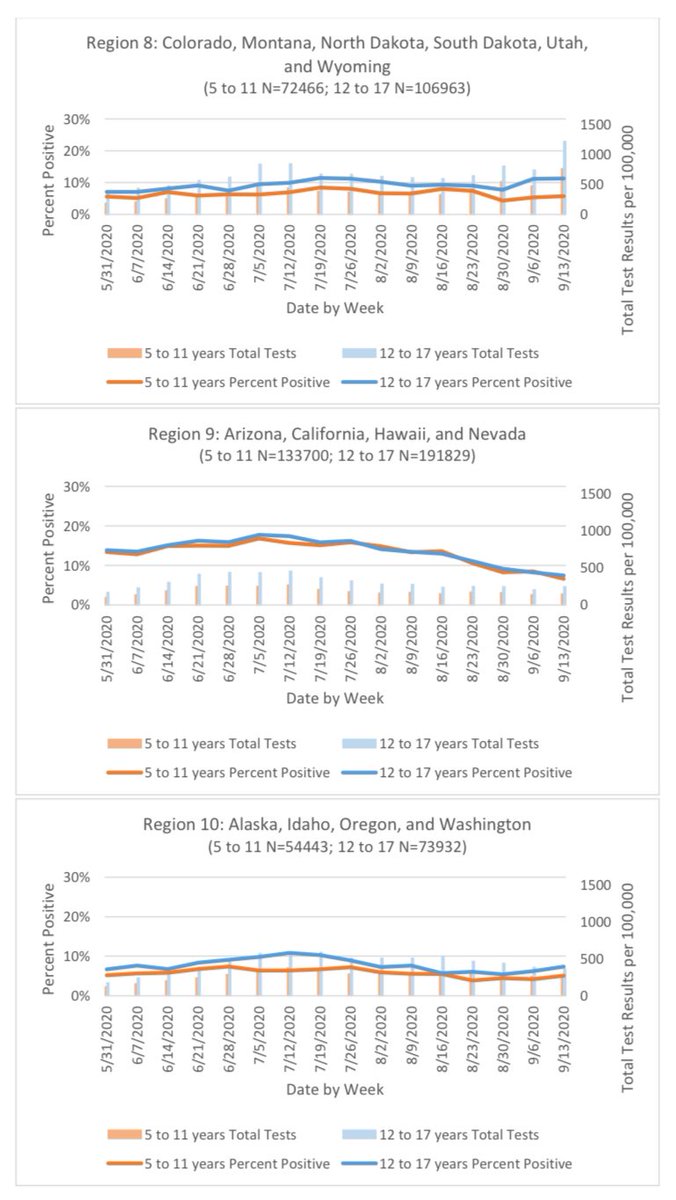
(1/8) Contact tracing study from Brunei. Household contacts of symptomatic cases were more likely to be infected than those of asymptomatic cases (14.4% vs. 4.4%). Children and adults were similarly likely to be infected (3.4% children vs. 2.8% adults).
wwwnc.cdc.gov/eid/article/26…
wwwnc.cdc.gov/eid/article/26…

(2/8) This study describes the contract tracing which occurred after 19 people who attended a religious gathering in Malaysia (in which a superspreading event occurred) returned to Brunei.
51 cases were identified via contact tracing (plus 1 further case identified separately).
51 cases were identified via contact tracing (plus 1 further case identified separately).
(3/8) A total of 1,755 contacts were traced, of which 381 were persons aged <18 years, and 1,366 were adults. Age was not recorded for 8 contacts.
(4/8) Attack rates were as follows:
Children: 13 cases / 381 contacts = 3.4%
Adults: 38 cases / 1,366 contacts = 2.8%
Children: 13 cases / 381 contacts = 3.4%
Adults: 38 cases / 1,366 contacts = 2.8%
(5/8) The overall household attack rate was 10.6% compared to <1% for workplaces and social settings. Spouses had the highest attack rate.
Close-contact markedly increases the risk of transmission.
Close-contact markedly increases the risk of transmission.
(6/8) Of the 51 cases among contacts:
5 were asymptomatic (9.8%)
15 were pre-symptomatic (29.4%)
31 were symptomatic (60.8%)
5 were asymptomatic (9.8%)
15 were pre-symptomatic (29.4%)
31 were symptomatic (60.8%)
(7/8) Within the household, the attack rate for contacts of symptomatic cases (14.4%) was higher than for contacts of pre-symptomatic (6.1%) or asymptomatic cases (4.4%).
(8/8) However, while the attack rate for contacts of asymptomatic cases was lower than that of symptomatic cases, it was not negligible.
This suggests that asymptomatic #COVID19 cases still pose a significant transmission risk to others.
This suggests that asymptomatic #COVID19 cases still pose a significant transmission risk to others.
• • •
Missing some Tweet in this thread? You can try to
force a refresh










